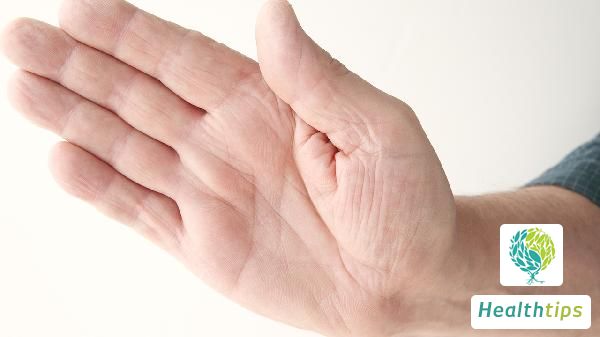What diseases are associated with clubbing of fingers?
Clubbing of fingers is commonly observed in chronic hypoxic diseases, various genetic and metabolic disorders, and primarily manifests as enlargement of the fingertips or toenails into a club-like shape. It is often associated with cardiopulmonary diseases, liver diseases, or other rare specific conditions. It is crucial to promptly identify the underlying cause and treat the primary disease.

1. Cardiopulmonary Diseases
Clubbing of fingers is most prevalent in cardiopulmonary diseases causing chronic hypoxia. Chronic Obstructive Pulmonary Disease (COPD): Due to long-term lung ventilation insufficiency and localized tissue hypoxia, vascular changes may occur, leading to clubbing of fingers. Lung Cancer: Especially peripheral lung cancer, which may secrete certain factors causing neovascularization and inducing abnormal proliferation at the fingertips. Congenital Heart Disease: Conditions like Tetralogy of Fallot, which are congenital right-to-left shunts, resulting in systemic hypoxia, are also often accompanied by clubbing of fingers.
Professional Advice: If clubbing of fingers is accompanied by persistent symptoms such as cough and shortness of breath, chest CT, echocardiography, and pulmonary function tests should be conducted promptly to identify the cause.
2. Liver and Digestive System Diseases
Certain liver diseases can also cause clubbing of fingers due to the accumulation of metabolites and toxins in the blood, affecting the growth of terminal tissues. Cirrhosis: Related to liver failure and increased portal system pressure. Inflammatory Bowel Disease (IBD): Such as ulcerative colitis, these chronic inflammatory diseases may cause immune-mediated changes in local tissues, leading to clubbing of fingers.
Professional Advice: Patients can undergo preliminary screening through abdominal ultrasound, liver function tests, and blood inflammatory marker tests.
3. Genetic and Other Metabolic Diseases
Some genetic or metabolic diseases can also induce clubbing of fingers, usually accompanied by other systemic symptoms. Familial Clubbing: Related to genetics, often displayed as similar changes in some family members. Hyperthyroidism or Hypothyroidism: Thyroid diseases may cause morphological abnormalities at the extremities through metabolic disorders.
Professional Advice: Conduct a family history investigation, thyroid function tests, and other relevant genetic testing to determine the presence of related factors.
4. Other Rare Causes
Clubbing of fingers may also be observed in some rare diseases, such as certain hematological diseases like bone marrow fibrosis or idiopathic pulmonary fibrosis. Clubbing of fingers should not be ignored, and patients should work with doctors to identify the cause and actively treat it with targeted therapy. Early detection of the primary disease can not only improve symptoms but also help prevent and control complications, extending healthy life expectancy.



















